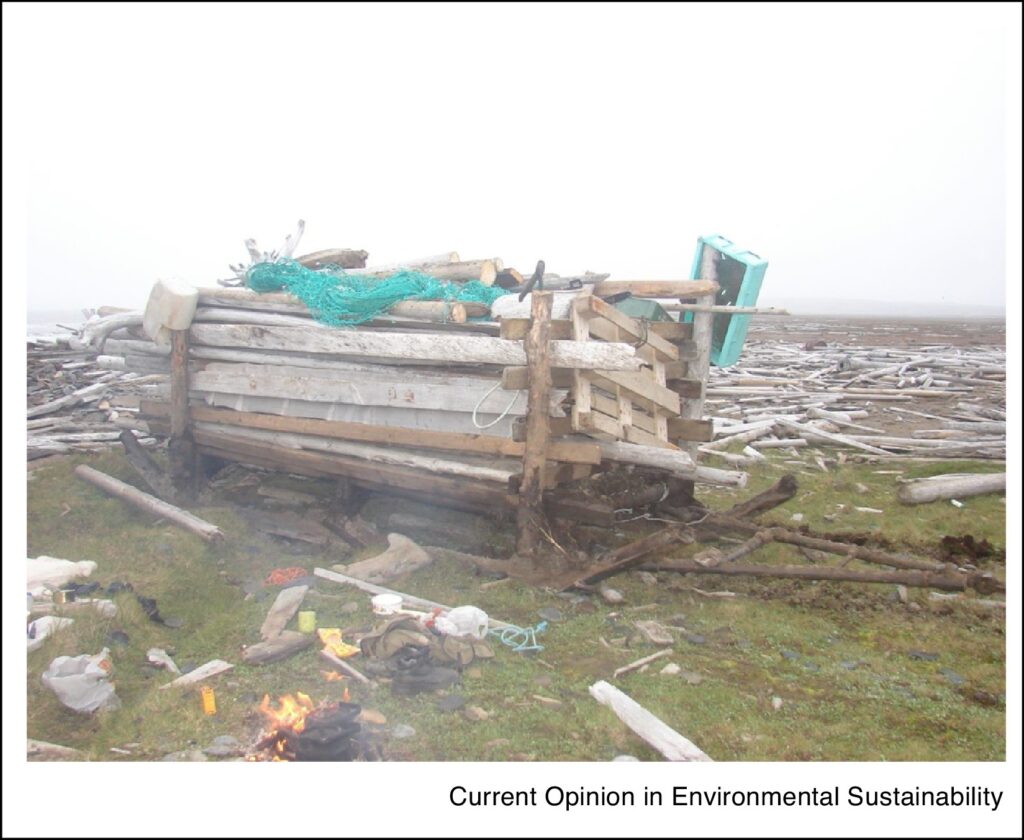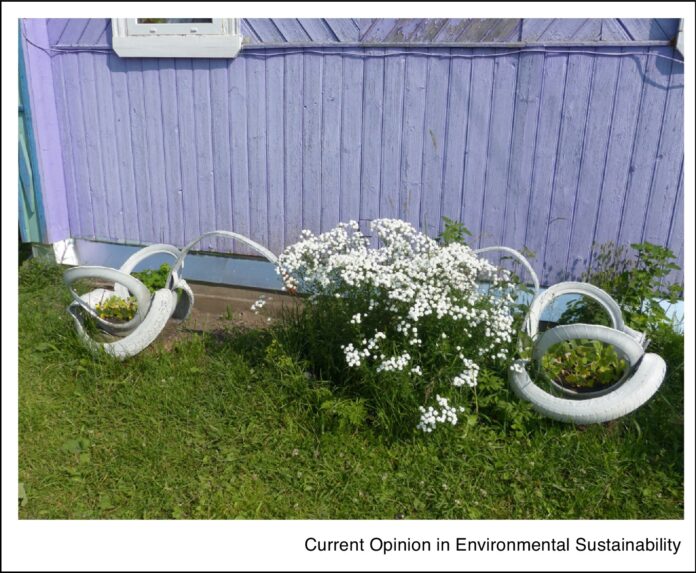In the last few decades, the literature on waste has soared and taken two main directions. Considering the assumption that waste is a natural category, which we need to ‘dispose of’, the scholarship on waste management and its sustainability offers mainly problem-solving propositions (e.g., the 3Rs proposal—re-cycling, re-using, and reducing—or ‘circular economy’). The social scientific waste studies literature takes a more critical stance from its outset and advances a relational account of waste. We aim to bring those two main research streams into dialogue through a presentation of two case studies among indigenous communities in the Russian North. Not only we disclose the hidden biases of the notion of circular economy and other ‘innovative’ problem-solving practices in the waste management literature, but we also propose to pay more attention to non-hegemonic waste practices amongst communities, which are often overlooked in both the waste management and the social studies of waste literature.
Introduction
Do the main inventions in current environmental sustainability practices always come from the metropolitan laboratories or research centers? Could they also be of ‘non-Western’ origin? In order to answer this question, we aim to observe the literature on waste and waste management to identify particular biases, which we offer to analyze and challenge through a short presentation of two case studies from indigenous communities in the Russian North.
We have created this definition of waste that carries a negative connotation, not to say it shouldn’t be in some cases, however it can’t be attributed to this universal idea that it’s now seen as. The garden decorations above made from tires prove that.
Waste management and its sustainability
Within this research stream, waste is often taken for granted, as a broad category, which encompasses materials we no longer need. It has also come to symbolize a global ecological and social problem, given its unprecedented growth worldwide. Colonization [3,4], industrialization [5•], and urbanization [e.g., 6,7] are often accounted for its disproportionate accumulation
We are far from saying that colonial and power inequality should not be addressed by national and international political bodies, since indigenous groups find ways not only to live, but also to create something new with it. Our aim is to put in the spotlight practices of re-use among indigenous groups in North Russia to show how much they continue to be discredited as inferior and spurred out-of-need and not as creative and noble endeavours. We consider this micro-level analysis paramount in understanding how sustainable practices work on the ground. Bringing our case studies into dialogue with the rapidly growing body of literature on waste and waste management, we hope to see more recognition and acknowledgment of indigenous and local (often rural) practices in both scholarship and politics.

Conclusion
In this paper, thanks to our anthropological approach, we have been able to identify hidden biases in presupposed ‘innovative’ waste management practices, which continue to reinforce social disparity and neglect different ways to conceptualize waste and engage in its management. We thus suggest exploring in more depth the work conducted by anthropologists, whose theoretical and methodological approaches can contribute to ecological concerns of such global scale. For this, we see value in inter-disciplinary research in debates about waste, waste management and sustainability. We also see a gap in the literature as well as in the policies, where the northern indigenous perspectives and practical knowledge concerning waste management and its sustainability are put aside, instead of being fully acknowledged for their social and cultural value. Thus, we propose such a direction in future research.
I choose this article for my focus because of how it shows Indigenous practices do indeed have an impact on reducing waste. Although it’s from another part of the world it translates to my topic too which I found pretty interesting. From the study I learned how they referred to this generation as the waste generation, meaning we have so much excess stuff that we are quick to get rid of. I found this important to note considering how it goes against the ethics of Indigenous groups, who are known for their holistic utilization of a resource. The article also touches on how it has been framed by some parts of society as lowly rather than uplifting their innovative and creative way of life. This could make a powerful statement if we instead started to subvert that perspective, to give strength to their values and also take after these practices.
Source: Siragusa, L., & Arzyutov, D. (2020). Nothing goes to waste: sustainable practices of re-use among Indigenous groups in the Russian North. Current Opinion in Environmental Sustainability, 43, 41–48. https://doi.org/10.1016/j.cosust.2020.02.001




